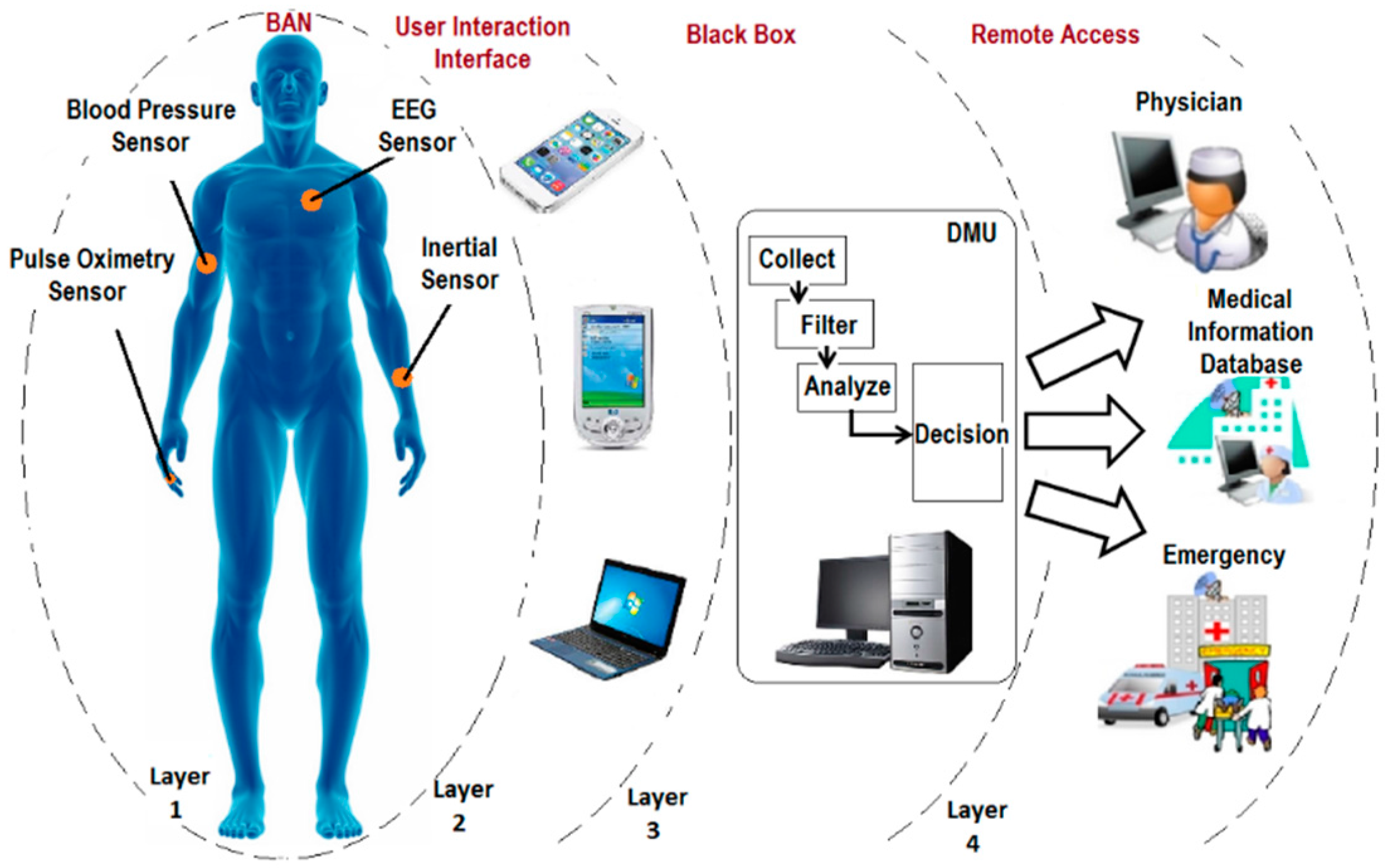Use Of Wireless Devices In Healthcare Settings
As such frequently repeated activities or procedures may increase the risk that providers will engage in distracting secondary. 1 Patients and hospital visitors use wireless devices to communicate with their relatives.

Newest Bluetooth Health Care Medical Devices Ble Mobile Apps Digital Health Health Tech Healthcare System
Physicians can use mobile devices to record patient history with minimal errors.

Use of wireless devices in healthcare settings. In the past these wireless devices have primarily been used to help healthcare providers improve real-time patient status and act more quickly on critical patient data. In and of itself that is. At present 25 percent of physicians use smartphones tablets and other mobile devices to deliver care to patients according to Great Call.
Allowing users to access health care systems through their personal wireless devices while still maintaining HIPAA compliance is a tall order. Wireless communication devices such as smartphones allow health care professionals to collect data and communicate more efficiently and to facilitate clinical decision making to improve care delivery. Here is a presentation I gave at HIMSS which may be useful to you if you are considering using mobile device in.
According to the US Centers for Medicare and Medicaid Services CMS the national health spending in the United States in 2008 was estimated to be 24 trillion dollars 19. Smartphone use in the healthcare setting has the potential to result in distraction in a manner similar to driving. Use of smartphones may involve cognitive visual andor manual tasks that divert the providers attention from their patient care responsibilities.
The health care industrys increased use of electronic medical records EMRs wireless medical devices and personal mobile technology has turned. The unrestricted use of wireless devices in health care settings therefore cannot generally be considered to be a safe practice. Implementing a secure connective infrastructure and avoiding device level data storage can go a long way toward making mobile device access feasible.
And so with the growth of the Internet of Things IoT the need for strong secure WiFi networks in medical settings is more crucial than ever both for the doctors and patients who are utilising wearable devices tablets and phones. A physician can easily use a smartphone or tablet to access a patients EHR and gain a more intimate insight into his or her health history. For providers one key issue covered is.
The cost of heart disease and stroke takes around 394 billion 19. They automate a lot of paperwork which frees up a physicians time. Given that the popularity of wireless devices among patients visitors and health care providers is here to stay and likely to continue increasing there are measures that need to be taken to limit harm to patients.
It also means that now doctors have every patients information at their fingertips so they have to spend less time providing the same level of. Wireless devices for the delivery of patient carein a variety of clinical settings. In the United States this amounts to more than 15 trillion dollars per year.
These devices provide better access to latest drug information and thus help make better decisions. Hospitals are and will continue to develop policies to regulate wireless device use. Considering the widespread use of wireless devices including some for medical purposes and their popularity among health care providers as well as patients and visitors to hospitals due to advantages previously discussed this report aims to provide current evidence on the safe use of wireless devices in healthcare environments bearing in mind the possibilities of interference with equipment.
Even so it is not impossible. The use of RF wireless technology can translate to advances in health care and patients should be informed about the safe and effective use of these devices in the course of daily life. The Food and Drug Administration has published a guide to the use of wireless healthcare devices in healthcare settings.
Using up to 85 of the healthcare dollars 1. The use of mobile devices 3 in general and personal digital assistants PDAs in particular 1 was associated with increased accuracy and completeness of patient data collection. Mobile devices are enforcing its use in all aspects of life health care is one major area where mobile device could enhance operations or improve quality and efficincy.
WiFi in healthcare has a huge potential to. Consequently the US health.

How Innovations Using Sensors Can Disrupt Healthcare Infographic Mddi Medical Device And Healthcare Infographics Healthcare Technology Digital Healthcare

The Connected Body Infographic Health Device Healthcare Infographics Digital Health

Sensors Free Full Text A Survey On Wireless Body Area Networks For Ehealthcare Systems In Residential Environments Html

Requirements Unique To Wireless Medical Devices Wireless Medical Device Medical